Recycling systems, such as recycling bins, have become essential parts of many homes. However, you might also consider whether any of the materials that you are planning to use during home improvement projects have come from recycled sources and whether there is the possibility for direct material reuse.
Household Recycling Systems
Recycling food and drink packaging is one of the easiest ways of helping to protect the environment. There is a wide variety of bin designs, each aimed at making recycling a straightforward task, and some kitchen manufacturers produce units that are adapted to contain recycling bins.
One of the best ways of recycling is to have a compost bin—either off-the-shelf or home-built. Items that can be composted include grass cuttings and plant clippings, fruit and vegetable peelings, tea bags, crushed eggshells, and shredded paper and cardboard.
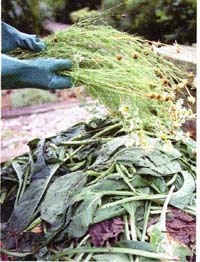 Compost: To complement low-volume tanks, some toilet systems are designed with low-capacity bowls that require less water to flush them clean. |
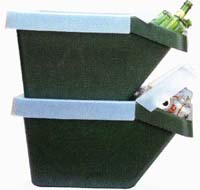 Recycling bins: The way in which you recycle may depend on your municipality’s policies. Crews may collect certain common materials, but you might need to take some items to local recycling centers. At home, a set of bins helps to keep different kinds of items separate. |
Reused and Reclaimed Materials
When working on any project, it is important to consider areas where old materials may be reused. Generally, sheet materials are quite difficult to reuse. Drywall cannot be recycled, and wooden sheet materials may be cut into shapes that make them difficult to work with on a future project. However, lumber, and particularly untreated structural lumber, is usually suitable for reuse—for example, when taking down an old stud wall. As long as the lumber is structurally sound, there is no reason why it cannot be used in a new construction. You can also use any broken masonry, such as bricks and concrete blocks, as a base for any subsequent building projects.
When selecting items or appliances to use in renovations, you might consider reclaiming some previously used items. Increasingly, many of the old items that people might have chosen to discard in the past have become sought-after products that may become stylish centerpieces in modern renovations.
Salvage yards have become big business, which in one way means that bargains can be harder to come by, but also means that there is now greater competition, and therefore some stabilization of prices. This has also meant that a greater choice and means of comparison is available. When visiting a salvage yard, it often pays to go with an open mind, since it is certainly a place for inspiration. It is important to be as certain as you can that the products you buy fulfill their specifications. Some common reclamation yard items are shown below.
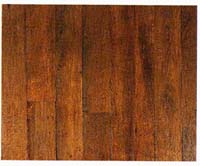 Above: Floorboards: Ideal for secondhand use, but bear in mind that there will usually be some wastage in any batch that you buy. |
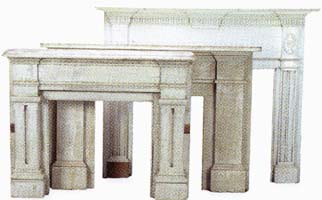 Above: Mantelpieces: Fire surrounds and mantelpieces may be found in stone, wood, or metal. Take time to check their condition and size. |
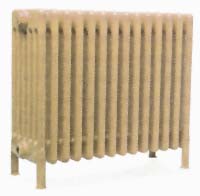 Above: Radiators: An old-style radiator is an attractive option for many people. Large ones are very heavy and hard to paint. |
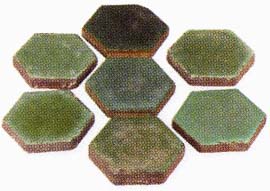 Above: Tiles: Whether used for backsplashes or fire surrounds, tiles are common reclaimed items. Be sure of quantity requirements before purchasing. |
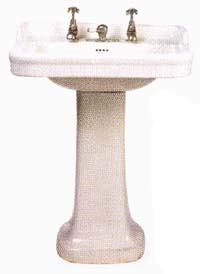 Above and Below: Bathroom fixtures: Old cast-iron bathtubs and ceramic sinks and toilets are all items that can make up a suite or complement an existing one. Make sure you check their condition closely. |
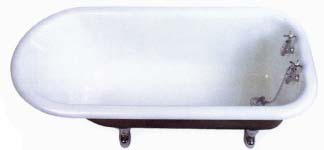 |